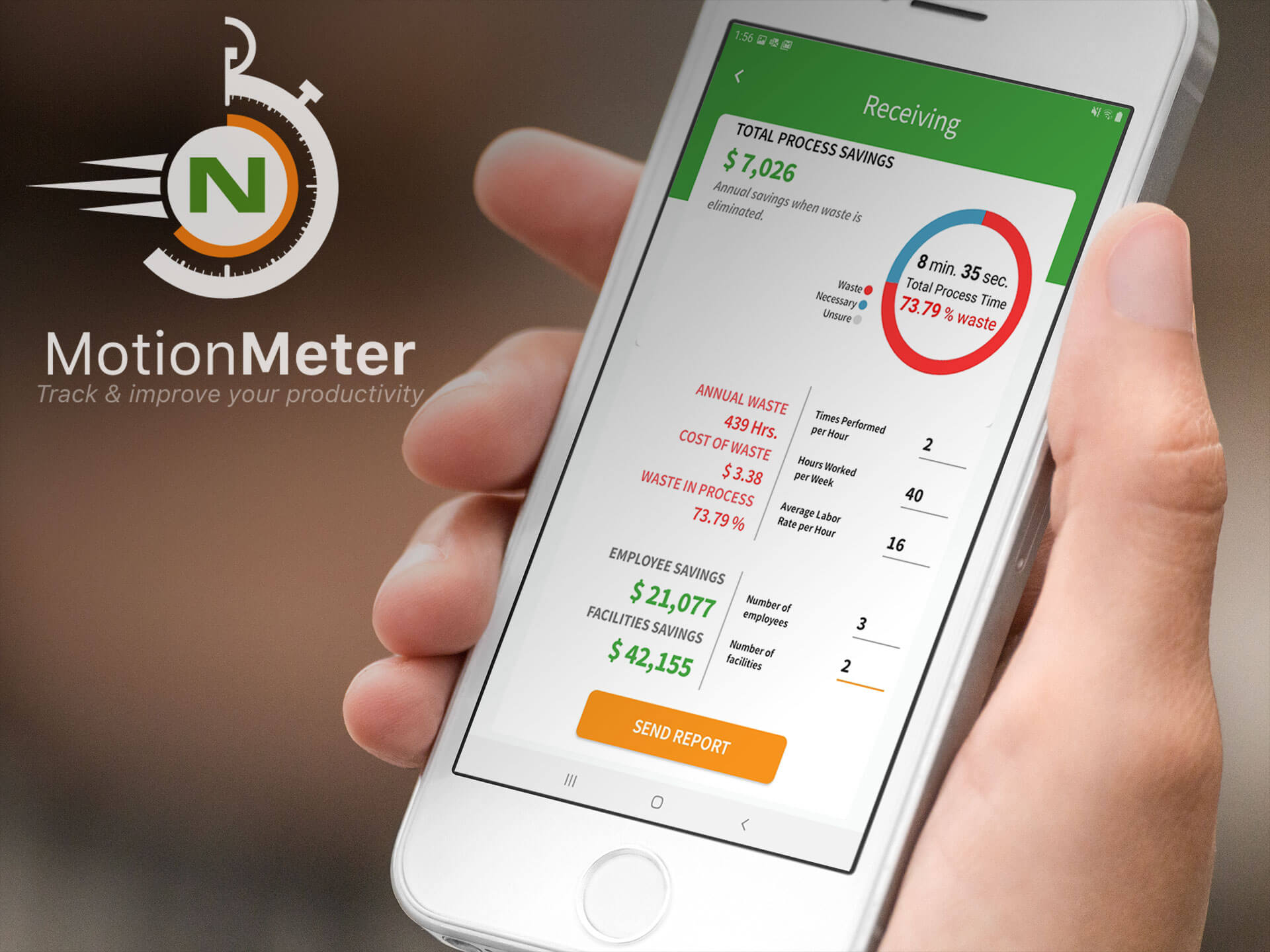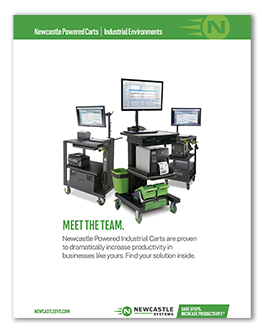
As online retail and eCommerce have become more popular in recent years, the practice of product returns has increased dramatically. For many reasons, consumers may wish to return items purchased online and ideally want to do so with as little resistance as possible.
Unfortunately, many warehouses have failed to give reverse logistics the attention it requires, leading to inefficient processes that impact the customer experience and erode profits. To streamline these processes, some businesses are turning to robotics. Find out if these advanced solutions will help or hurt the reverse logistics component of your business.
Thinking Strategically About Reverse Logistics
According to the National Retail Federation (NRF), roughly 16.9% of annual sales last year were expected to be returned for various reasons. This is an increase over the 14.5% return rate for the prior year. The total value of annual returns is a stunning $890 billion.
These figures illustrate an ongoing challenge across the supply chain that is only expected to intensify. While many eCommerce and retail businesses are focused on the consumer’s purchase experience, critical aspects of what happens after the exchange of money and goods will have a lasting impact on the business.
To some degree, returns are inevitable. Consumers will send things back because they are damaged, don’t fit, or aren’t as described. How your business approaches and processes returns can make or break your brand’s reputation as well as affect its profitability.
Options for Robotics in Reverse Logistics
 Most returns are routed through warehouses, which are increasingly taking advantage of technology solutions to improve efficiency, reduce waste, and boost profits. For example, warehouses are leveraging mobile technology tools to help simplify inventory management and order fulfillment.
Most returns are routed through warehouses, which are increasingly taking advantage of technology solutions to improve efficiency, reduce waste, and boost profits. For example, warehouses are leveraging mobile technology tools to help simplify inventory management and order fulfillment.
Another thing many warehouses are investigating and implementing is the use of robotics, or automation. Instead of relying solely on human workers to physically scan every item coming into the warehouse or pull items from the shelves, this can be automated using solutions like RFID tags, automated mobile robots (AMRs), and autonomous guided vehicles (AGVs).
If these solutions can work to fulfill orders, why can’t they also be used in your reverse logistics processes? If you’re using robotic tools for picking and packing, can they also be used to handle incoming pallets, sort through returns, and move items to their next or final destination?
Pros and Cons of Using Robotics in Reverse Logistics
In the rapidly evolving world of logistics and warehousing, businesses are continually faced with the challenge of balancing costs, efficiency, and flexibility. The choice to invest in advanced technological solutions like robotics for order fulfillment and reverse logistics can significantly impact competitiveness and profitability.
Unfortunately, many businesses jump on the robotics bandwagon too quickly and regret it from a financial and efficiency standpoint. Here are some of the pros and cons of using robotics in reverse logistics so you can make more informed decisions.
Pros of Robotic Automation in Reverse Logistics
If you’re considering using robotics in your reverse logistics processes, here are some of the potential advantages of using these solutions:
1. Increased Speed and Efficiency
Robots can collect items coming back into the warehouse, inspect them for damage, and sort them faster than human workers. This can lead to quicker turnaround times for returns and getting saleable items back into inventory.
2. Improved Accuracy and Quality
Robots with sensors and visual capabilities can perform detailed testing and cleaning of incoming products, ensuring that only high-quality items are resold or salvaged. Some may also be able to perform minor repairs or refurbishment.
3. Reduced Labor Costs
Robots can take over strenuous, repetitive, or dangerous tasks, which may replace some human workers and save on labor costs.
4. Better Inventory Management
 Many robotic solutions have scanning capabilities, which deliver real-time data on returns. This leads to more accurate inventory management.
Many robotic solutions have scanning capabilities, which deliver real-time data on returns. This leads to more accurate inventory management.
5. Enhanced Sustainability and Waste Reduction
Using robotics as an automation solution can elevate a business’s reuse and recycling initiatives due to more accurate and faster sorting into appropriate containers.
Cons of Robotic Automation in Reverse Logistics
While many warehouses may implement robotics for various functions, it’s unlikely these solutions will replace human workers entirely. With respect to the reverse logistics process, here are some of the reasons why robotics may not be the ideal option:
1. Initial Investment
Implementing robotics in your warehouse will require a significant upfront investment. It may take years to achieve your desired return on investment (ROI).
2. Limited Flexibility
Today’s robots aren’t as flexible as many believe. Instead, they are usually designed to accomplish specific tasks, so handling the variety of products entering your warehouse as returns could be challenging.
3. Dependency on Technology
Robotic systems have strict minimum power and technology requirements to operate effectively. If these needs aren’t met, it could create a standstill in your reverse logistics operations.
4. Displaced Workers
 While robots can accomplish many tasks, they can also displace your human workers. If you want to retain this workforce, you will need to invest in operational adjustments and retraining.
While robots can accomplish many tasks, they can also displace your human workers. If you want to retain this workforce, you will need to invest in operational adjustments and retraining.
5. Maintenance and Reliability
Robots require regular updates and maintenance. Any breakdowns in the equipment could result in substantial downtime and erode efficiency gains.
Should Your Warehouse Bring in the Robots?
Even with the popularity of robotics in warehouse automation, the use of “lights-out” or full robotics is costly and often inefficient. In other words, there remains a strong need for human workers in the mix.
There remain too many disadvantages to complete automation, so it’s a good idea to explore alternatives. For example, many automation solutions, such as using mobile powered carts paired with RFID tags and wireless headsets, can improve efficiency and reduce costs.
Many online businesses are composed of several distinct components — sales, fulfillment, and returns. Each of these components contributes to the customer experience and profitability, so it makes sense to focus on efficiencies wherever possible. Implementing technology solutions in reverse logistics the right way can help your business reduce errors, improve efficiency, and deliver a better overall customer experience.












